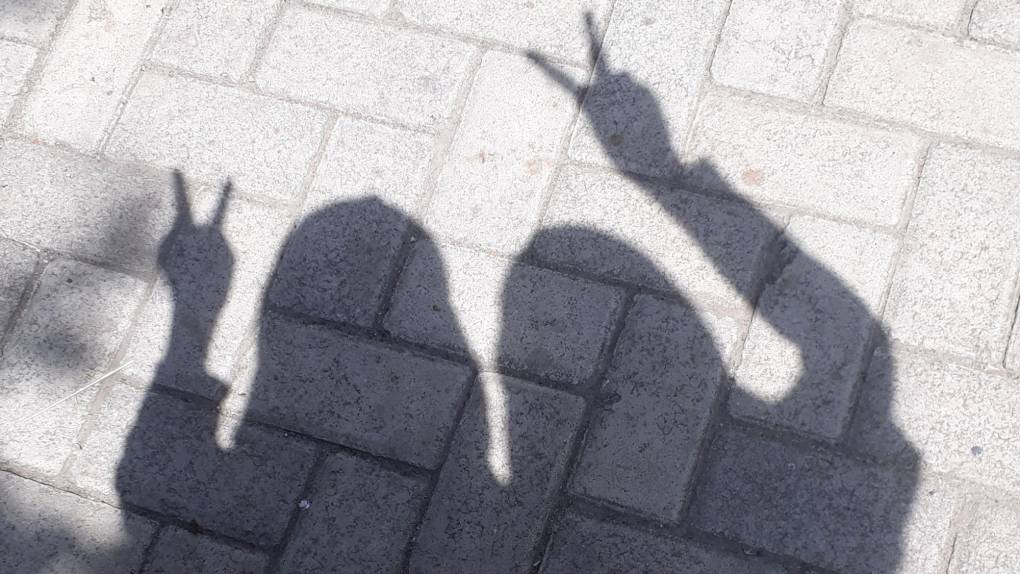This week, as we near the end of 2024, the writers and editors of KQED Arts & Culture are reflecting on One Beautiful Thing from the year.
O
n a cliffside in Carlsbad, a hundred feet above the lapping waves of the Pacific Ocean, about two dozen strangers unloaded surfboards and strung up their tents. In glitter boots and overalls, muscle tanks and Tevas, the experienced campers lent helping hands to us city folk tangling ourselves in polyester and vinyl.
We had signed up for this trip months before through Queer Surf, a scrappy San Francisco-based org that gets queer and trans people riding waves. It just so happened to be days after Donald Trump won the presidential election. After watching his campaign run on an explicitly anti-trans agenda, with plans to roll back legal protections and civil liberties, the mood in Carlsbad was anxious. That first night, we huddled together around the campfire in our puffer jackets and beanies, clutching mugs of tea. At neighboring campsites, Trump flags gleefully flew from RVs and pick-up trucks.
Processing this new reality over the next few days, we created a buoy of hope through a thousand simple acts of kindness. The early risers catching waves at the break of dawn would switch on the coffee machine; those who got up later scrambled eggs and fried potatoes for our collective breakfasts. Any sense of social anxiety dissipated each time I plopped down on a picnic table and joined a conversation about books, love, the ocean, family or our cultural backgrounds. For that weekend, we all committed to caring for one another — and became friends.

Camp life settled into a luxuriously slow rhythm. Between surfing sessions where we’d cheer each other on — whether someone pulled off a complicated maneuver or caught a wave for the first time — people offered up their skills. One friend led a yoga session in the afternoon sun while another invited everyone to join them for a Chinese tea ceremony. Another friend French braided people’s hair while someone else shared poetry prompts.




